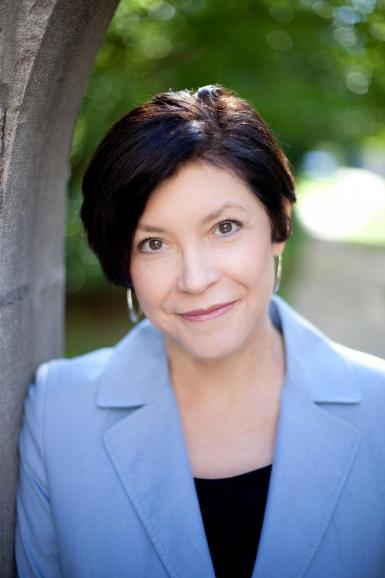Major book surveys framing research
In 1991, Shanto Iyengar’s book “Is Anyone Responsible? How Television Frames Political Issues” ostensibly introduced the idea of news framing and its effects to media research. That is, the phenomenon by which the way a story is reported shapes the way readers respond to the issues at hand.

In their new book, “Health News and Responsibility: How Frames Create Blame,” published by Peter Lang, Media School associate professor Lesa Hatley Major and her co-author Stacie Meihaus Jankowski, MA’09, PhD’15, take stock of more than two decades of research to analyze what’s been learned since.
Much of that, Major said, focuses on thematic and episodic frames in health communication. Thematic framing is with coverage of an issue that centers it in a broader context — stories that, for example, cover mental health based on statistics or diabetes based on research. By contrast, episodic framing deals with more specific events, like the way such ailments play out in the day-to-day lives of those who deal with them.
“What we found is that how a news story is framed, thematic or episodic, can have an effect on what the audience thinks about that issue,” Major said.
Thematic stories tend to lead readers to consider the way external factors and other large-scale facets of the issue might impact a situation. They tend to prompt the reader to think about attribution of responsibility in a broader context, Major said, and what the solutions to that problem might look like in the same context: policy adjustments, medical industry change, etc.
Episodically framed stories, however, tend to have the opposite effect. The reader is more likely to consider how the person or people in the story might be responsible for fixing their own issues.
“If you can get the audience to understand a policy solution and how it can have an effect, we can really have an effect on health through significant change,” Major said.
She and Jankowski aren’t alone in their research interest. The publication of “Is Anyone Responsible?” prompted an influx of research in the same areas, much of it also centered on health communication.
“Researchers like me who read that book, and other people who read it, said, ‘We’re going to look at this in other issues besides the ones that this researcher looked at,” Major said.
Major and Jankowski started their project in 2017; 25 years after media researchers started really focusing on framing, they felt it was time to take a step back and survey what had been done.
Unsurprisingly, they found that much of the research focused on health communication, where framing and the creation and allocation of blame is especially significant. So their book became about health communication, as well.
What the two found was that a lot of research has analyzed media content, looking at news coverage and categorizing it by its framing devices, but much less work has been done in talking to journalists. And of the news coverage that has been studied, there is a disproportionate emphasis on newspaper over broadcast, social media and other forms of journalism.
So along with taking stock of the work that had been done, Major and Jankowski also took it upon themselves to propose a path forward.
“We need to talk to the journalists — we suggest things to them but we haven’t talked to them much,” Major said. “We’ve looked a lot at the content, in terms of media, but we need to look at the people who are producing the content, and we need to look more at the effects of the content.”
She also said it’s important moving forward to look more at visual communication and the way photographic and graphic media accompany narrative framings, and what that communicates to the audience. And beyond that, to put greater consideration on the perpetuation of stereotypes and the way the media that is studied evokes emotion.
The next step for the research is to survey journalists, conduct in-depth interviews about framing and to suggest better practices to journalists.
“It’s good to get at theory, and to get that to academics, but it’s another big thing to get it out to people who practice as well,” Major said.

